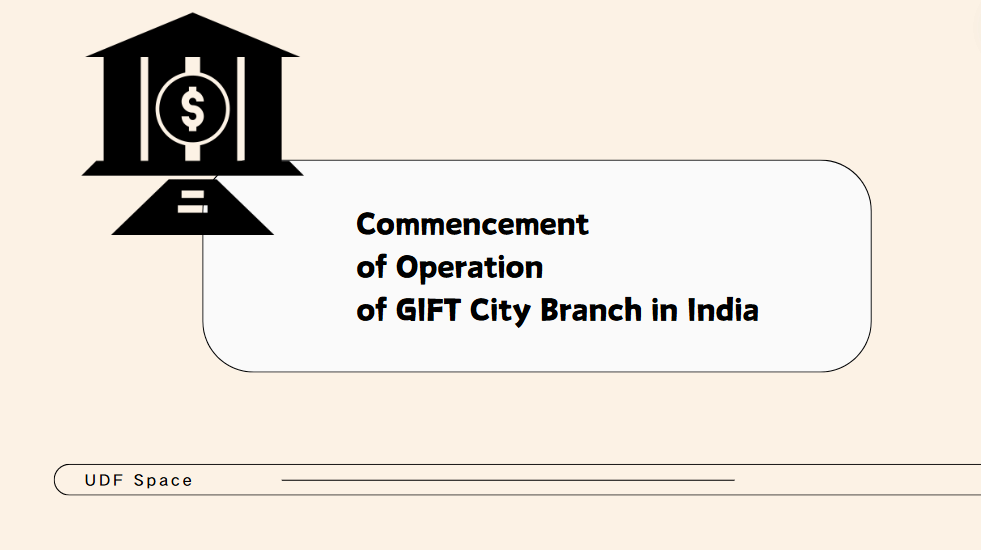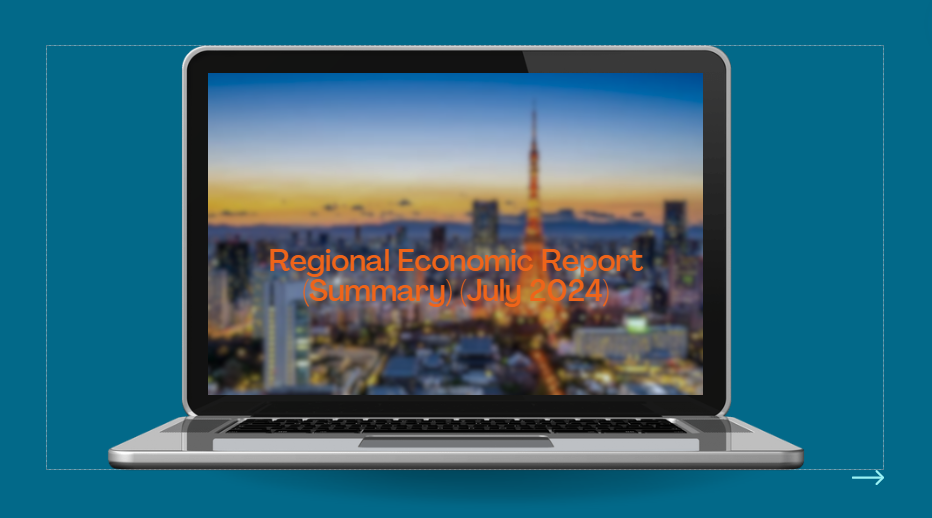The Effects of Monetary Easing on Japan's Financial System
Abstract
This paper analyzes the effects of the monetary easing measures over the past 25 years on the financial system from three perspectives: (1) financial cycles, (2) banks' lending in the low interest rate environment, and (3) potential risk factors.
Financial cycles
Banks' lending attitudes have been active except for the periods immediately after the financial crises around 2000 and in the late 2000s.
The financial gap, which quantifies changes in the financial cycle, does not show that the large financial imbalances seen around the bubble period have accumulated in the low interest rate environment. A contracting phase in the financial cycle after the bursting of the bubble economy ended by the mid-2000s. The expansion of the financial cycle has been continuing since the 2010s due to the increase in private debt. That said, the effects of increasing real investment and rising asset prices have been limited so far.
Banks' lending in the low interest rate environment
Looking at financial intermediation activities, corporate loans decreased in the first half of the 2000s, mainly due to balance sheet adjustments by banks and firms and the disposal of non-performing loans. Thereafter, the balance between corporate credit and the level of economic activity has been more or less stable. That said, the amount outstanding of real estate-related loans, which are highly sensitive to interest rates, has remained at its historical peak range. With regard to the increase in loans, there were cases where the borrowers' resilience to a decline in income or a rise in loan interest rates was relatively low.
The counterfactual simulation on the financial system suggests that, in addition to lower interest rates and faster economic improvement, the effect of improving collateral value stemming from stable land prices has contributed to the increase in lending over the past 10 years.
Competition among banks in the lending market has intensified as they faced a structural decline in loan demand and tried to increase loan volume to cover the decline in profits due to lower interest rates. These changes have contributed to the narrowing interest margins and the increase in lending.
Potential risk factors
Under the smooth functioning of financial intermediation, the borrowing term of firms has become longer, which has become a factor that increases the interest rate risk. Firms have secured stable funding at long-term fixed interest rates and contained refinancing risk. This borrowing behavior by firms has also contributed to an increase in banks' duration risk, while it has helped banks secure interest margins in a low interest rate environment.
Among the firms that have increased borrowings, there are firms that have improved their profitability and financial conditions while others have not been able to improve their sluggish performance. The former firms have been proactive in investment and have contributed to economic improvement. On the other hand, there has always been a certain proportion of firms of the latter type, even during the period of low interest rates and economic improvement. They are less resilient to stress than other firms. In a future phase of rising interest rates, these borrower firms could be subject to downgrading.
Banks' profitability has declined significantly over the past 25 years. Although their return on equity (ROE), based on pre-provision net revenue (PPNR) excluding trading income, has recently started to increase, it remains at a historically low level at regional and shinkin banks. Consequently, there are banks that have become less resilient to stress. If interest rates rise significantly in a short period of time, the valuation losses on securities holdings could be a constraint on banks' financial intermediation activities. In addition, if the external environment changes, credit costs could increase.























































First, please LoginComment After ~